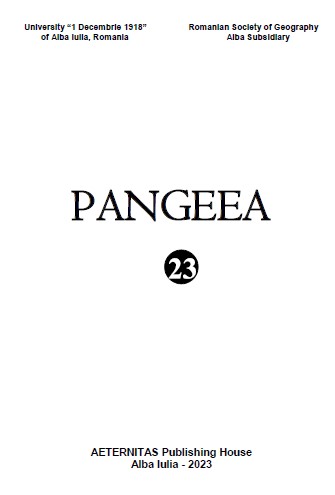REMOVAL OF PHOSPHATES FROM WASTEWATER USING CONSTRUCTION AND DEMOLITION WASTES
REMOVAL OF PHOSPHATES FROM WASTEWATER USING CONSTRUCTION AND DEMOLITION WASTES
Author(s): Roxana BostanSubject(s): Energy and Environmental Studies, Human Ecology, Environmental interactions
Published by: Editura Aeternitas
Keywords: phosphate; demolition waste; brick; roof tile; wastewater;
Summary/Abstract: Construction activity generates large quantities of waste consisting of concrete, steel, asphalt, brick, clay tiles, wood and plaster applied to buildings, roads and infrastructure. Waste from construction demolition or renovation represents about 30-40% of total solid waste. Poor management of this waste can produce a negative impact on the environment, the economy, and the health of the population. One method of recycling construction waste could be to use it as an adsorbent material to remove various pollutants from wastewater (Shiran P. et.al, 2023). The present paper aimed to test the efficiency of phosphate removal from wastewater using various materials from the demolition of constructions: artisanal brick, burnt brick and roof tile. Under the investigated experimental conditions, the tested materials proved a high ability to remove phosphates from wastewater. The removal efficiency depends on the dose of coagulant and contact time. The experimental results obtained in this paper have shown that building materials have a high ability to remove phosphorus compounds from wastewater, but this significantly depends on the dosage and chemical composition of the material.
Journal: PANGEEA
- Issue Year: 23/2023
- Issue No: 23
- Page Range: 55-61
- Page Count: 7
- Language: English

